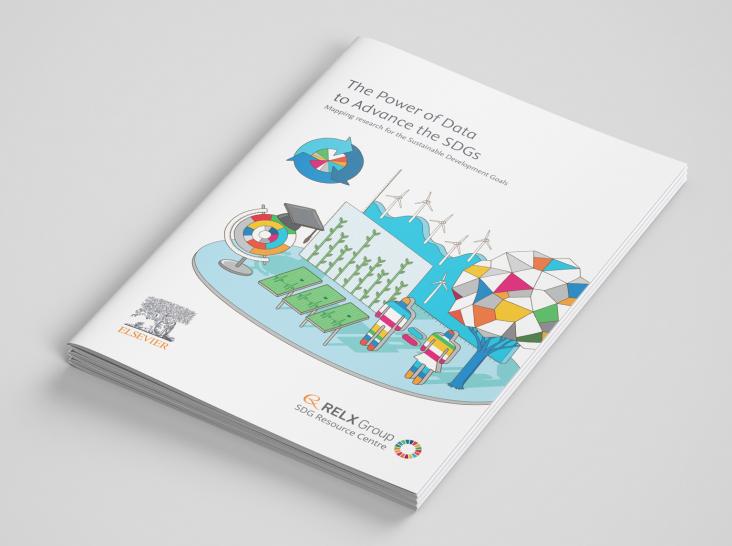
Access to information is critical in achieving the SDGs - empowering the public to make decisions, informing policy making and enabling effective implementation and monitoring. RELX businesses regularly produce and publish free to download reports and analytics that draw upon vast amounts of information and data in support of the SDGs. Explore some of the reports and tools developed to date.
The article ties into several Sustainable Development Goals (SDGs), particularly SDG 9 (Industry, Innovation, and Infrastructure) and SDG 12 (Responsible Consumption and Production). It emphasizes the need for sustainable technology, innovations, and policies to address the challenges in metals production, highlighting the importance of recycling, reuse, and the development of green technologies to meet international environmental goals.
Elsevier,
Resilient Health: Leveraging Technology and Social Innovations to Transform Healthcare for COVID-19 Recovery and Beyond, Volume , 1 January 2024
This content aligns with Goal 3: Good Health, by exploring the potential of women in health leadership and the current barriers to entry.
This content aligns with Goal 3: Good Health and Goal 9: Industry, Innovation and Infrastructure by discussing the relationship between exercise habits and mental health, noting that novel research in this area can drive innovations in tailored mental health interventions.
This review focuses especially on the convertibility of CO2 reduction to generate ethylene technology in practical applications and provides a detailed summary of the latest technologies for the efficient production of ethylene by CO2RR and suggests the potential application of CO2RR systems in food science to further expand the application market of CO2RR for ethylene production
The autonomous vehicles can provide real-time information about traffic conditions, congestion, accidents, and other events to the city's infrastructure. This data can help city planners optimize traffic signals, reroute traffic, and make better decisions to reduce congestion and improve overall traffic flow.
Given that we are halfway to 2030, there is a greater need to accelerate our progress to SDGs. To the data gap, which is still a huge barrier for SDGs, Big Earth Data provide strong support to measure the status and trend of progress. Using Big Earth Data with global data acquisition and analysis capability, China can and should make more contributions to fill the data gap and give more data-driven suggestions for decision-makers for the world’s SDG efforts.
This content aligns with Goal 3: Good Health and Wellbeing and Goal 9: Industry, Innovation, and Infrastructure by considering the neuroprotective properties of nutraceuticals such as soy, peanuts, and ginsenoside Rg1.
This chapter advances the UN SDG goals 9 and 13 by discussing the potential of AI tools to advance sustainable urban climate modeling.
Knowledge of biological diversity is a major source of innovation. Collective intellectual property of traditional knowledge by Indigenous peoples and local communities is an important source of innovation and product development. This article investigates collective intellectual property systems on the traditional knowledge of Aspalathus linearis, also known as rooibos—an endemic plant from South Africa which is the basis of an important herbal tea industry. The article discusses how collective action and self-organization can generate collective intellectual property systems; indigenous peoples and local communities can develop these systems to protect their IP; how these systems can promote social justice and a more equitable distribution of benefits but can be sources of dispute between socio-economic groups and communities and can reproduce historical inequalities and power asymmetries.
